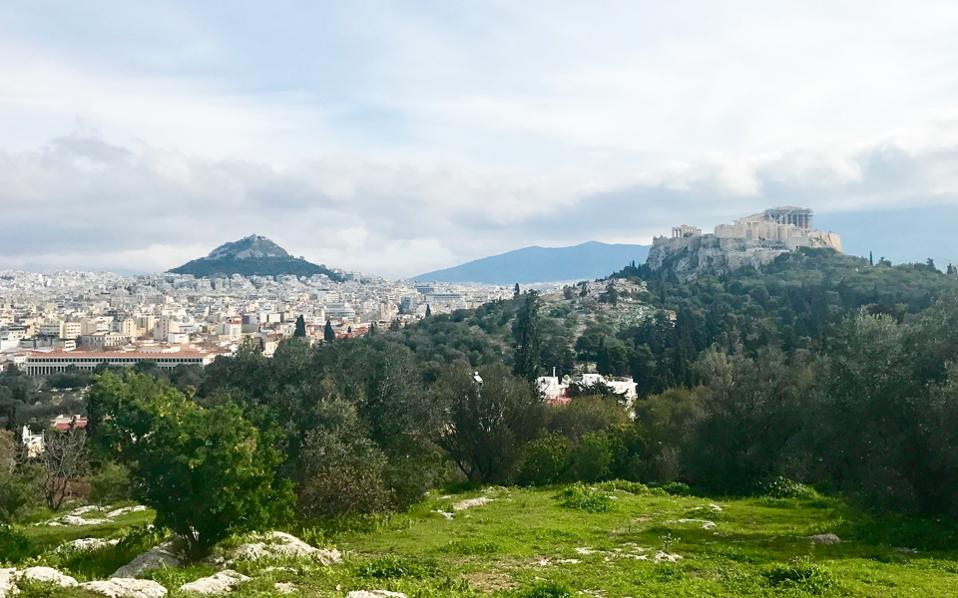Acropolis Hill in need of attention

When you read about all the work that needs to be done as a matter of urgency around the Acropolis, you wonder how the situation was tolerated for as long as it’s been.
The announcement from the Ministry of Culture regarding the wheelchair lift, the complicated and humiliating procedure for people with mobility problems to have access, the problems with the wiring and electrical panels, the debris and uncleared weeds and the shortage of lighting, is all very sensible and I am glad that these issues are being prioritized.
I hope the initiative also includes the vandalized signposts on Dionysiou Areopagitou Street pointing the way to the Herod Atticus Theater and the Acropolis, as well as the dreadful graffiti marring so many ancient stones.
I am confident that all these issues will be dealt with now that attention is being paid to the area as a result of the realization that the image it portrays is harmful to the country.
Nevertheless, I would like to stress the issue of its natural surroundings: the trees and shrubs that are also such an integral part of the experience of climbing the Acropolis (as they are at nearby Philopappou, where the situation is absolutely terrible and inexcusable, all the way from the base of the hill to the monument at its summit).
Unfortunately, ever since architect Dimitris Pikionis’ contribution to a radical overhaul of the area beneath the Parthenon carried out 60-plus years ago, the Acropolis’ natural environment has never been addressed, apart from new plants being added every so often.
The work that was done later, in the early 2000s, during the project for the unification of the center’s main archaeological sites, diverged from the spirit of Pikionis’ intervention, as evidenced by the hard materials employed and by the narrow focus on plantings.
The flora of Athens, and particularly that of the Acropolis and Philopappou, is not mere greenery; it has always been a sacred thing, the result of deep thought and scientific knowledge, a way of enriching, expanding and deepening the experience of the visitor, resident and passerby. Athens could capitalize on the treasure trove that is Mediterranean flora and show the civilized world that it is in commune with nature.
What we have around the Acropolis right now, instead, is a tired, thirsty and nondescript landscape, with the exception of a handful of sections of the Pikionis landscaping project that have survived.
Are we really so worthless, idle and disgraceful so as to fail to acknowledge and tackle something so fundamental?
That stretch from the Ancient Agora to the Acropolis Museum is among the most wonderful in the world. We need to treat it as such and start seriously rethinking it – down to the very last detail.





